18 Surprising Facts About the McLaren P1 Hypercar
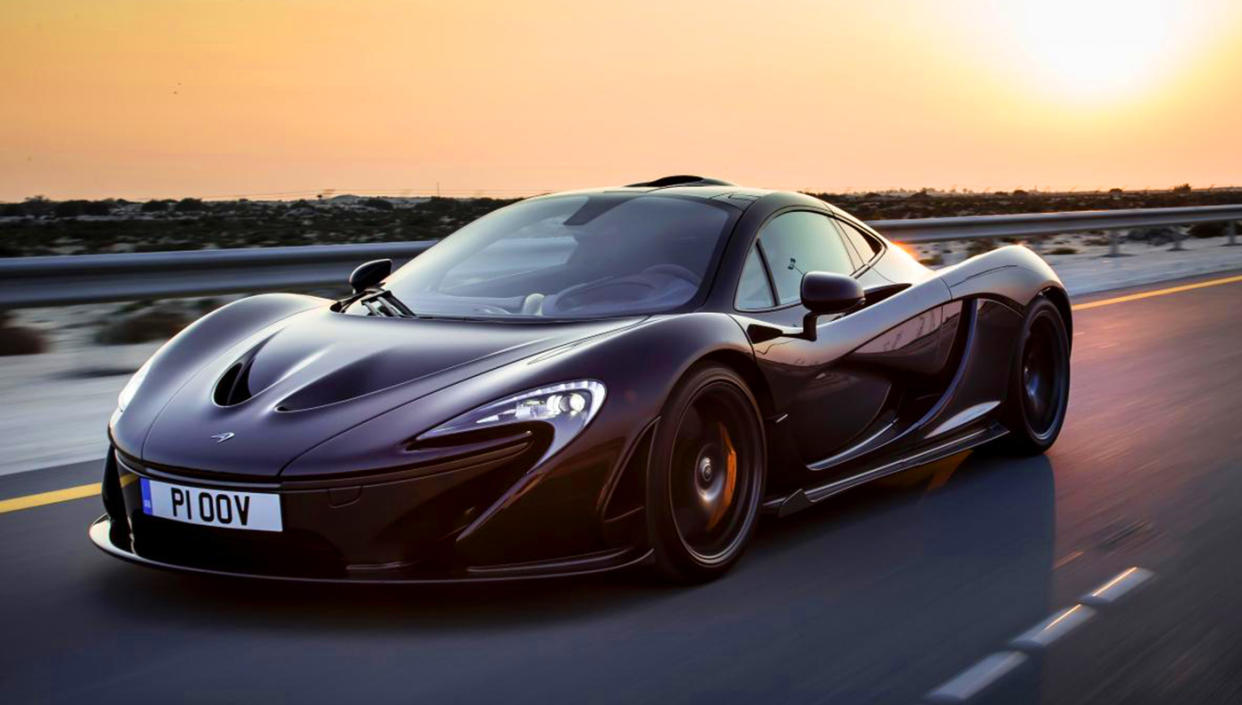
- Oops!Something went wrong.Please try again later.
When McLaren Automotive dropped the Gordon Murray–designed F1 road car in 1992, the world collectively gasped. Then it collectively wondered how you follow up a 618 hp, naturally aspirated V-12–powered three-seater capable of 240.1 mph? Enter the McLaren P1. Yes, technically, it’s not the actual successor to the F1—that honor goes to the Speedtail—but when the P1 arrived in 2012, it was considered as such. A high-horsepower, mid-engined stunner with a carbon-fiber MonoCell certainly ticked all the right boxes. Here are 18 interesting facts about one of our favorite hypercars. How many of the below did you know before reading?
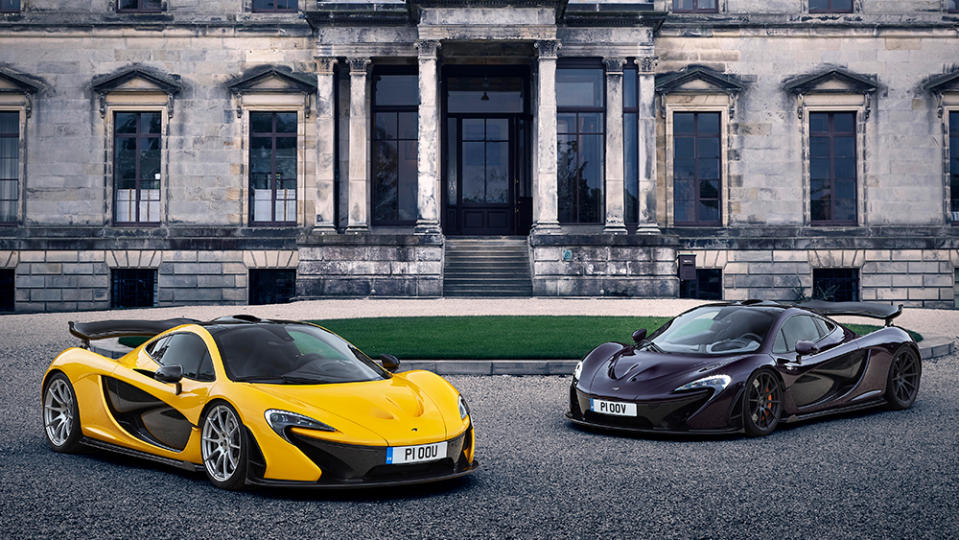
The McLaren P1 has 903 hp and 723 ft lbs of torque
The 3.8-liter twin-turbo V-8 mill is good for the bulk of the power, generating 727 hp. The remainder is generated by an electric motor that produces 177 hp. You can pilot the rear-wheel-drive configured P1 either in fully electric mode (about a 30-mile range), just with the combustion engine, or use the whole power-train combination in concert.
More from Robb Report
Jack Daniel's and McLaren Racing Just Unveiled a New Limited-Edition Bottle
First Drive: The McLaren 750S Is a Well-Mannered Supercar With a Wild Side-and Some Flaws
The electric motor doubles as a turbo-lag solution
In traditional combustion engines, you’d have to wait for the boost to build in the turbos before you can tap into it, but McLaren’s engineers ingeniously tasked the motor and battery to deliver electric torque to fill the turbo gaps. The result is an impressive power band that is nearly 7,000 rpm.
The McLaren P1 has a top speed of 217 mph
The P1 is ludicrously fast, even now. It accelerates from zero to 60 mph in 2.7 seconds and will hit 124 mph in an eye-watering 6.8 seconds. If you’ve got the asphalt and bravery, 186 mph arrives in 16.5 seconds. Take it to the drag strip and you’ll turn 10-second quarters (at 150 mph) all day long. That top speed is electrically limited, too, mostly due to tire compounds. Theoretically, the P1 should be able to hit 249 mph if it had the proper rubber.
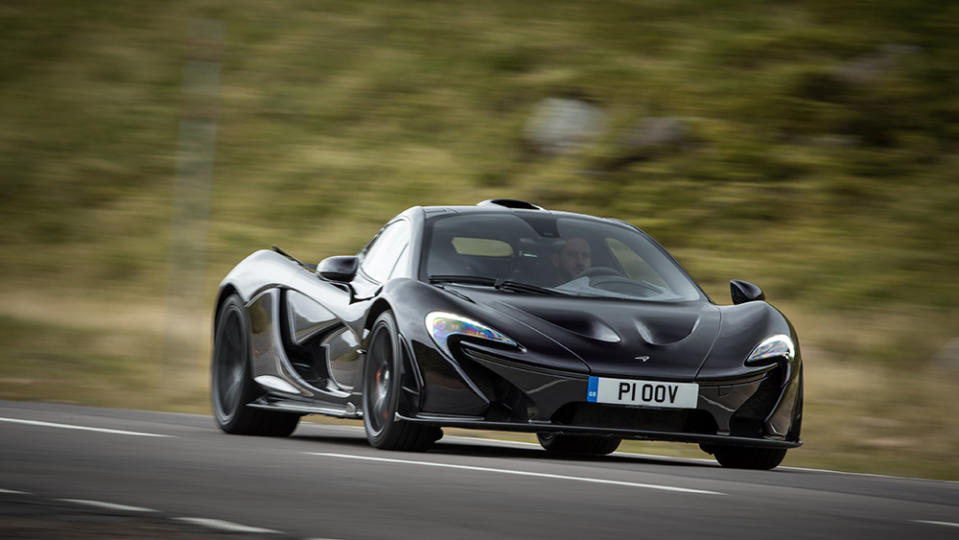
Only 375 McLaren P1s were made during the production run
McLaren unveiled the P1 at the 2012 Paris Motor Show. After it officially went on sale, in the fall of 2013, it sold out in less than a month. About a third of the P1s headed to the United States, while a quarter of the line stayed in Europe. Each car took about 17 days to build from start to finish.
No two P1s were built the same
Every unit was built to different specifications, often selected by the owners, to ensure that each P1 would be unique. Infinite paint possibilities—McLaren can perfectly match any color sample you provide—helped that cause. The first one was finished in a hue called Ice Silver.
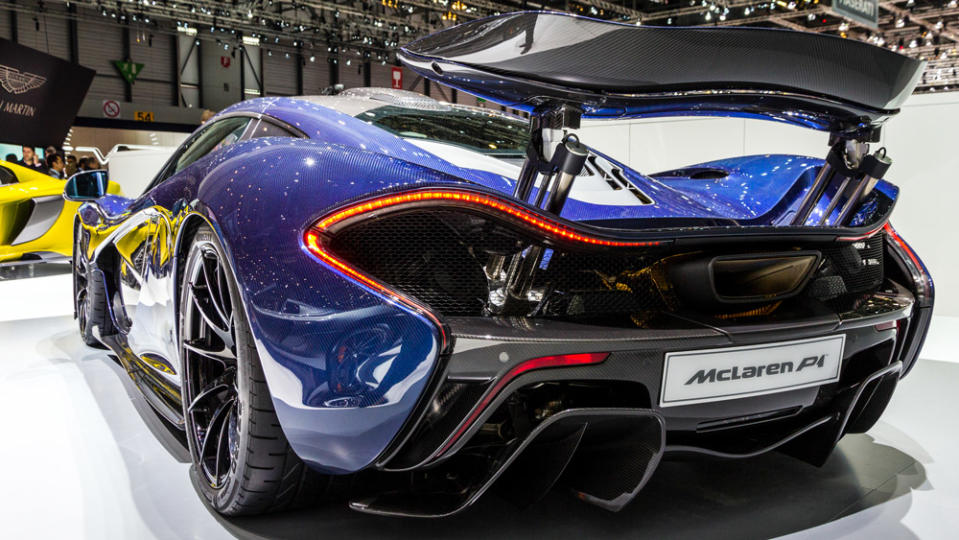
The P1 originally started at $1.15 million
When new, the price tag was a healthy $1.15 million, though the actual prices varied based on how much personalization was added to the unit. McLaren’s Special Operations division is a dedicated team of highly-skilled craftsman who can make just about any specification dream come to fruition, whether that’s putting crushed diamonds in your paint (they’ve done it) or making the McLaren badge out of solid gold (they’ve done that, too). However, all of this ratchets up the final sticker price.
Before production, 21 prototype P1s were made
Of the 21 P1 prototypes that were made during development, 13 were called experimental prototypes, or XPs, five were validation prototypes, or VPs, and three were pre-production units, or PPs. Many of these were refurbished and sold to customers.
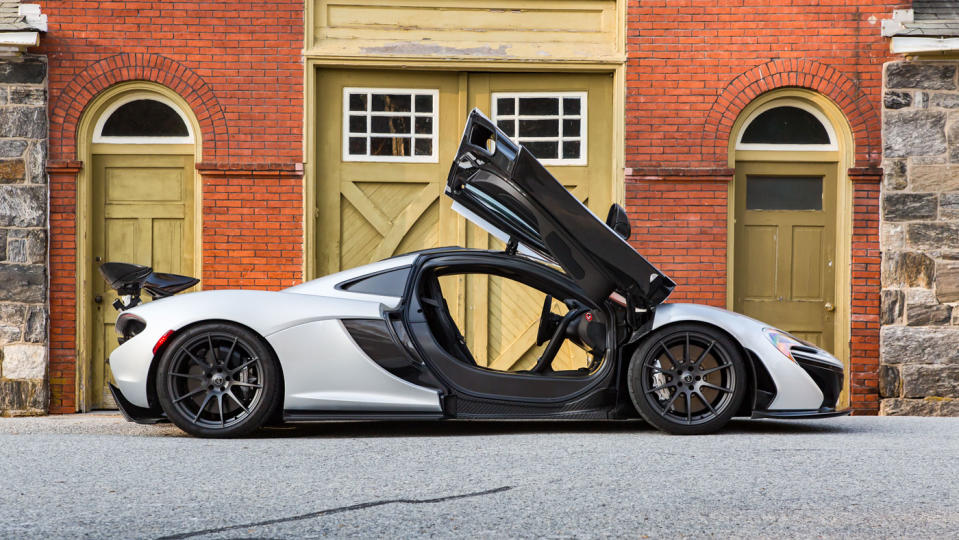
The P1 OOV and P1 OOU Are not for sale
Check out any promotional photo or video of a McLaren P1 in a TV show or in a car magazine and you’ll notice that all bear one of two UK license plates: P1 OOV and P1 OOU. Those are pre-production units that McLaren will never sell or release. P1 OOV, finished in a dark purple hue called Amethyst Black, is the exact car you saw on Top Gear. Over half a decade, it turned more than 20,000 miles, mostly hard ones at the hands of journalists and test-drivers, before retirement to McLaren’s heritage fleet in 2018. P1 OOU was created that year to continue to have a P1 for vehicle benchmarking and promotional shoots.
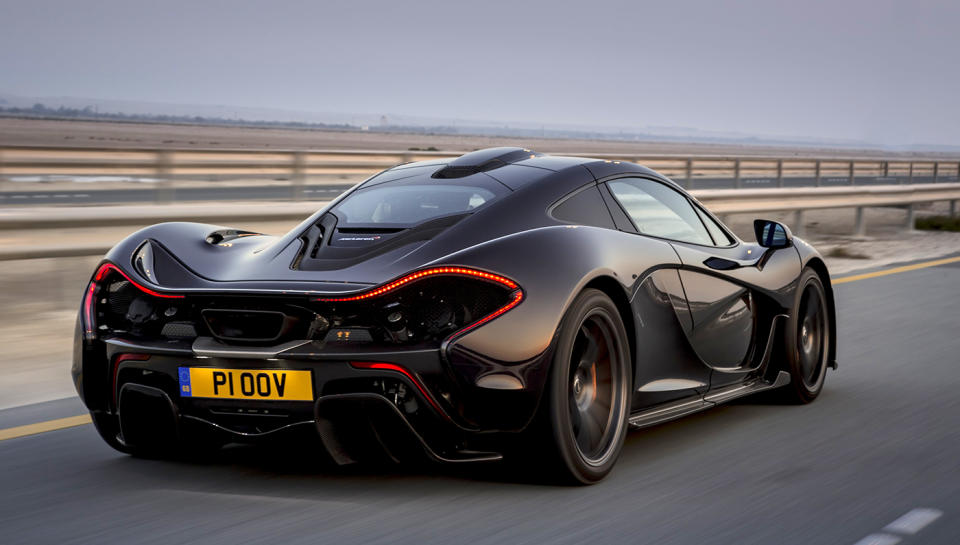
The P1 has bested its hypercar competition around a track
Back in 2015, an owner named Paul Bailey brought his personal trinity of hypercars, a Ferrari LaFerrari, a McLaren P1, and a Porsche 918, to Silverstone Circuit for a race. Each was driven by the same professional racing driver, and the P1 finished first at 58.24 seconds, the 918 came in second, at 58.46 seconds, and the LaFerrari turned in a 58.58-second lap. Watch the competition below.
You can still buy a P1, though you may need to write a bigger check
There are a number of P1s for sale. The lower the mileage, the higher the ask, like one 296-mile example going for $1.8 million on Bring A Trailer in 2022. An 1,800-mile example that same year went for $1.7 million. P1s don’t hit the market that often, but when they do they are priced accordingly.
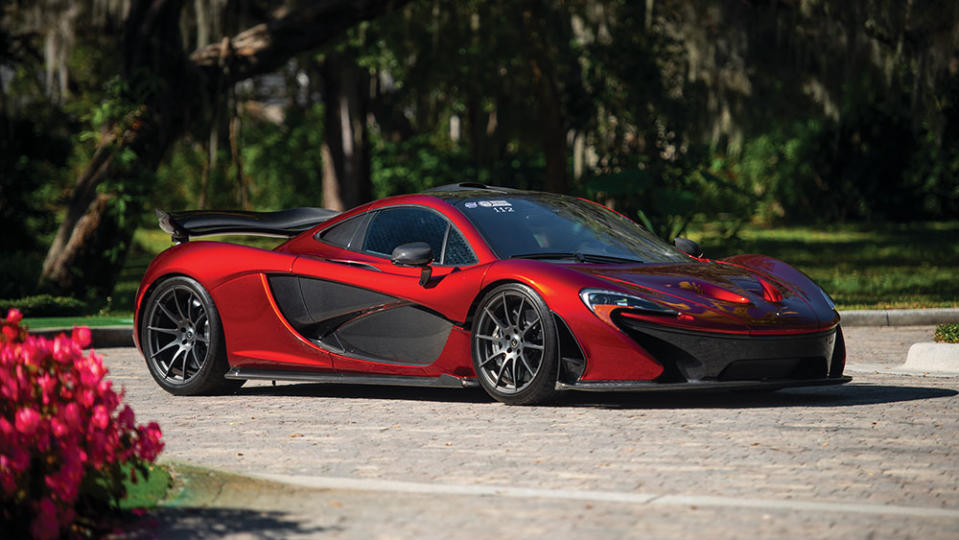
Younger drivers need not be millionaires, though
McLaren did create a licensed ride-on toy for gearhead tykes and tots, and it’s pretty darn cute. It’s got a seatbelt, working “air conditioning,” and three speed options. And it was under $250.
There’s an even-more limited and powerful P1, the P1 GTR
Because the P1 wasn’t quite bonkers enough, the team in Woking decided to make a special track-only P1 GTR, in honor of their Le Mans victory in 1995. The P1 GTR was initially only made available to existing P1 owners and only 58 units were built, all after the regular P1 run had been completed.
The P1 GTR gets an additional 83 hp and drops 110 pounds
That makes it staggeringly capable, especially with stock slick tires, a new fixed-ride height on the race suspension, and a fixed rear wing that can deploy DRS, a similar drag system used by F1 race cars. While the P1 GTR was a track-only offering, McLaren F1 specialists Lanzante offered a conversion kit, and 27 P1 GTRs have since been certified as road-legal. These have a reported top speed of 225 mph and can cover zero to 60 mph in 2.4 seconds.
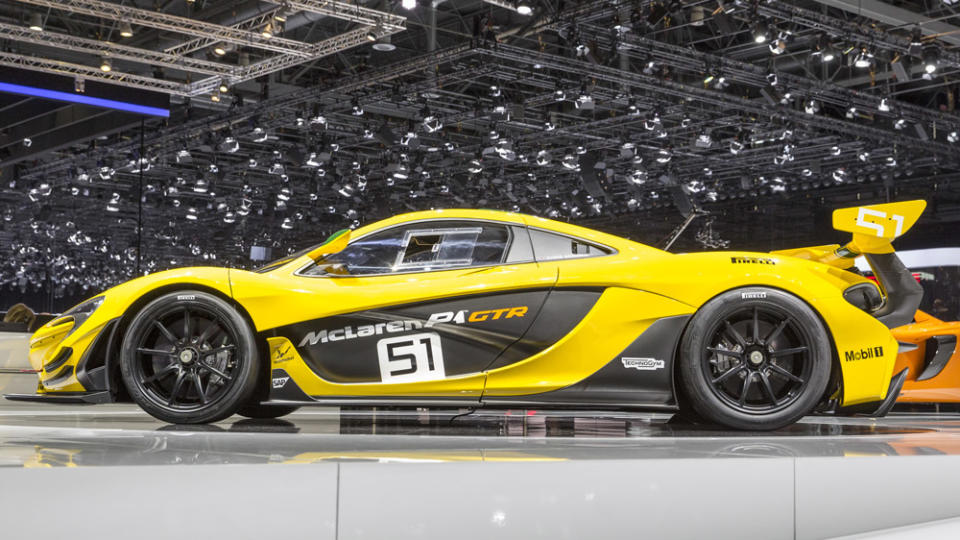
McLaren’s ubiquitous orange has historical racing significance
Wondering why you often see McLarens painted orange? That specific hue is called “papaya orange” though most people call it “McLaren Orange.” There’s a belief that orange was New Zealand’s racing color, back when (Kiwi) Bruce McLaren himself was racing, but that’s inaccurate. (Silver and black were the nation’s shades.) But back in 1967, when Bruce McLaren and Danny Hume were racing Can-Am in the McLaren M6A, they decided to paint it orange, though no one quite knows why. They dominated the Can-Am series for five years straight and kept the color on the car for much of it.
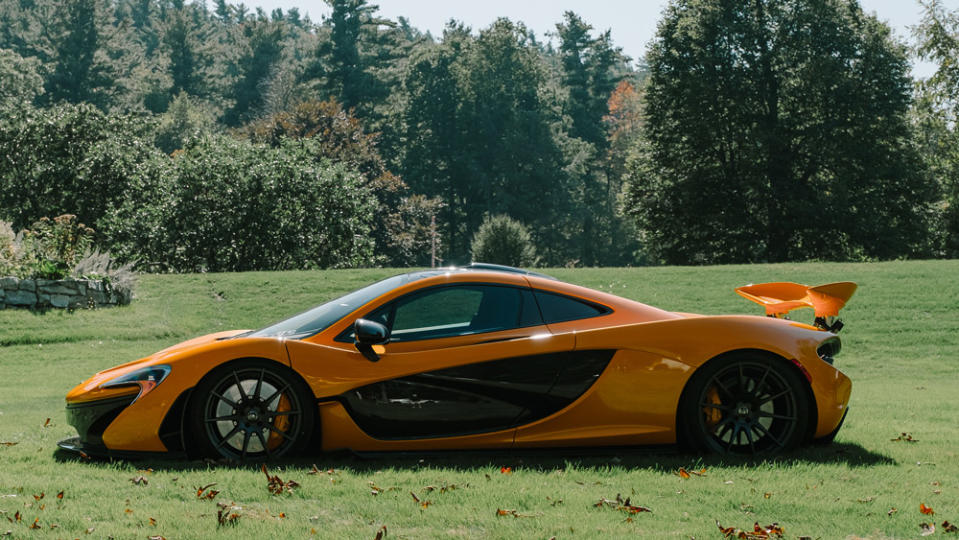
Want to learn how to draw the McLaren P1?
There are a surprising amount of videos that’ll help you do just that. Check out one below.
Jeremy Clarkson called it a ‘widowmaker’
In his review for Top Gear in 2014, Clarkson noted the irony of the car using hybrid technology to increase power and speed instead of saving fuel. Clarkson also noted that the car went from zero to 160 mph quicker than a Volkswagen Golf went from zero to 60. The P1 was not all wheel drive like the Bugatti Veyron, making reviewers wonder if handling would be an issue when pushed to the limit — and prompting Clarkson’s “widowmaker” designation — but the P1 generated enormous downforce to help compensate.
Indeed, there have been some crashes
In 2014, a 27-year-old driver crashed his P1 less than 24 hours after taking delivery of the car, making for an instant cautionary tale about what not do after buying a supercar. Another crashed P1 surfaced in 2016, while another was apparently damaged in transport in 2017.
Celebrities are among the owners
Lewis Hamilton bought one, even after he was no longer a driver for McLaren’s Formula 1 team; David and Victoria Beckham’s son Brooklyn also owns one; and The Weeknd used a P1 in a music video. Former late-night comedian Jay Leno has put thousands of miles on his McLaren P1, which is admirable, since Leno has his choice of lots of cars to drive. McLaren is reportedly a bit less selective than, say, Ferrari, in who gets to buy its cars, but those with the money and interest tend to be a self-selecting group anyway.
Best of Robb Report
Sign up for Robb Report's Newsletter. For the latest news, follow us on Facebook, Twitter, and Instagram.

